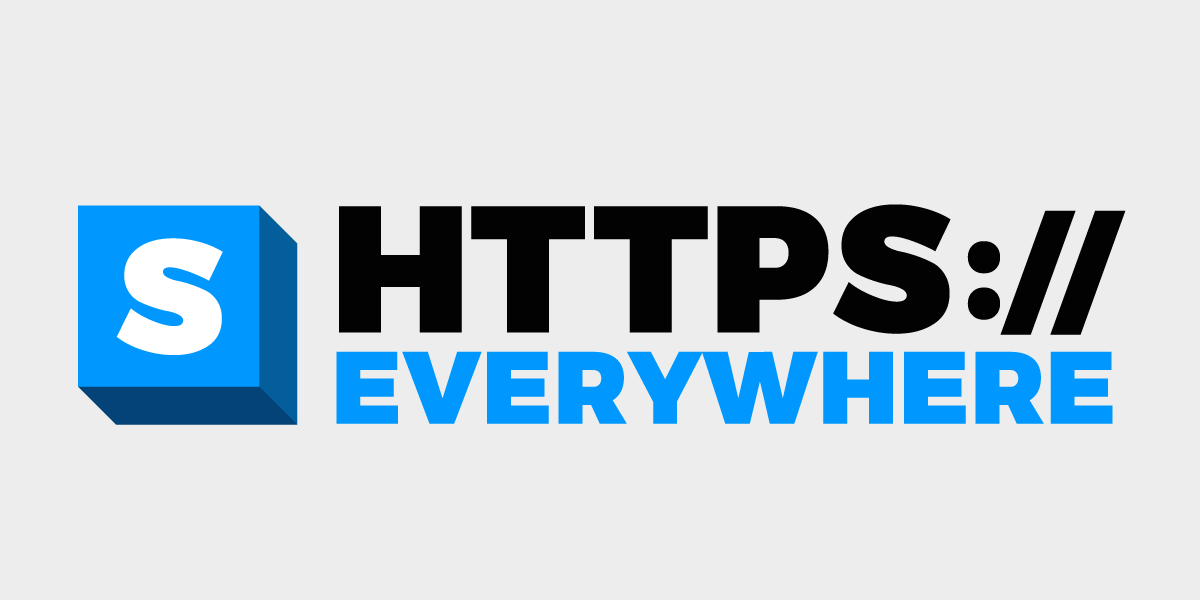
For more than 10 years, EFF’s HTTPS Everywhere browser extension has provided a much-needed service to users: encrypting their browser communications with websites and making sure they benefit from the protection of HTTPS wherever possible. Since we started offering HTTPS Everywhere, the battle to encrypt the web has made leaps and bounds: what was once a challenging technical argument is now a mainstream standard offered on most web pages. Now HTTPS is truly just about everywhere, thanks to the work of organizations like Let’s Encrypt. We’re proud of EFF’s own Certbot tool, which is Let’s Encrypt’s software complement that helps web administrators automate HTTPS for free.
The goal of HTTPS Everywhere was always to become redundant. That would mean we’d achieved our larger goal: a world where HTTPS is so broadly available and accessible that users no longer need an extra browser extension to get it. Now that world is closer than ever, with mainstream browsers offering native support for an HTTPS-only mode.
With these simple settings available, EFF is preparing to deprecate the HTTPS Everywhere web extension as we look to new frontiers of secure protocols like SSL/TLS. After the end of this year, the extension will be in “maintenance mode.” for 2022. We know many different kinds of users have this tool installed, and want to give our partners and users the needed time to transition. We will continue to inform users that there are native HTTPS-only browser options before the extension is fully sunset.
Some browsers like Brave have for years used HTTPS redirects provided by HTTPS Everywhere’s Ruleset list. But even with innovative browsers raising the bar for user privacy and security, other browsers like Chrome still hold a considerable share of the browser market. The addition of a native setting to turn on HTTPS in these browsers impacts millions of people.
Follow the steps below to turn on these native HTTPS-only features in Firefox, Chrome, Edge, and Safari and celebrate with us that HTTPS is truly everywhere for users.
Firefox
The steps below apply to Firefox desktop. HTTPS-only for mobile is currently only available in Firefox Developer mode, which advanced users can enable in about:config.
Preferences > Privacy & Security > Scroll to Bottom > Enable HTTPS-Only Mode

Chrome
HTTPS-only in Chrome is available for both desktop and mobile in Chrome 94 (released today!).
Settings > Privacy and security > Security > Scroll to bottom > Toggle “Always use secure connections”

Edge
This is still considered an “experimental feature” in Edge, but is available in Edge 92.
- Visit
edge://flags/#edge-automatic-httpsand enable Automatic HTTPS - Hit the “Restart” button that appears to restart Microsoft Edge.
Visit edge://settings/privacy, scroll down, and turn on “Automatically switch to more secure connections with Automatic HTTPS”.

Safari
HTTPS is upgraded by default when possible in Safari 15, recently released September 20th, for macOS Big Sur and macOS Catalina devices. No setting changes are needed from the user.
Updates for Safari 15
* This article was originally published here
HELP STOP THE SPREAD OF FAKE NEWS!
SHARE our articles and like our Facebook page and follow us on Twitter!




0 Comments